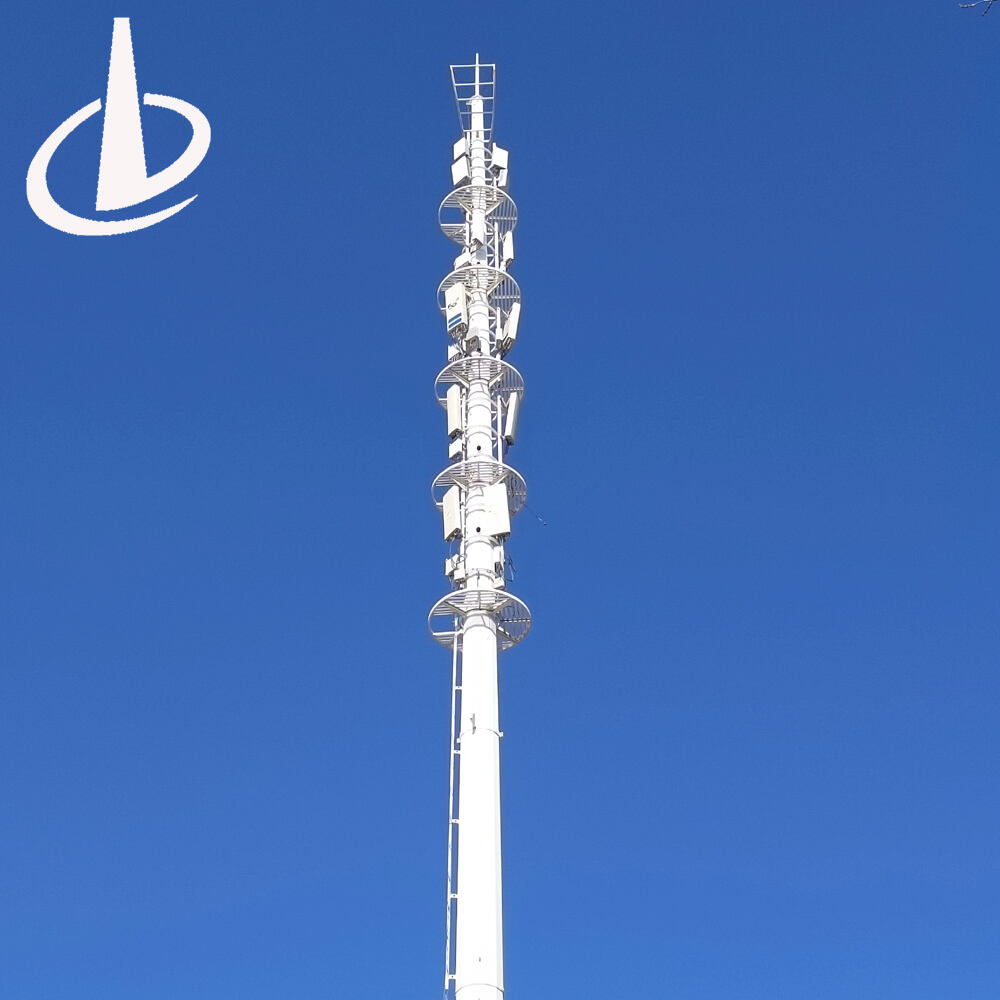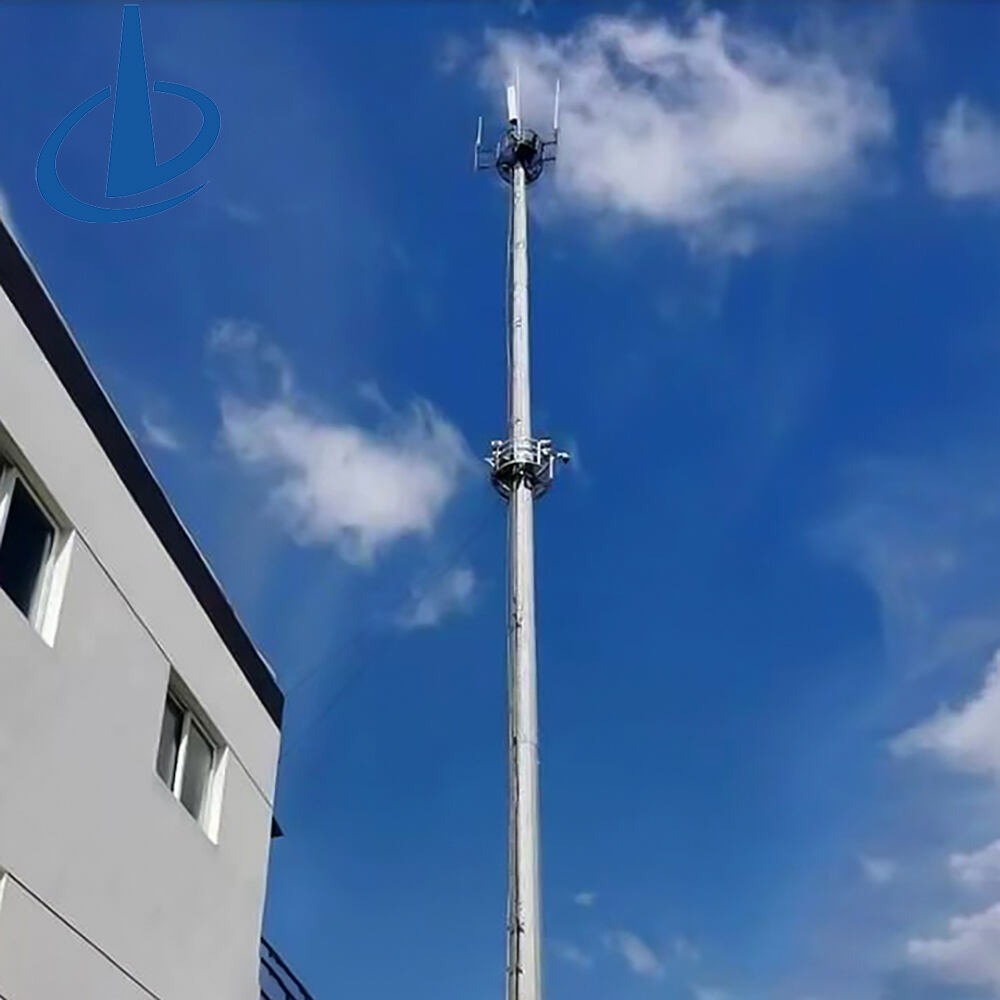steel transmission tower
Steel transmission towers are essential infrastructure components in modern power distribution systems, serving as the backbone of electrical grids worldwide. These towering structures, constructed from high-grade steel, are specifically engineered to support high-voltage power lines and communication equipment across vast distances. The towers feature a distinctive lattice design that combines structural integrity with optimal weight distribution, allowing them to withstand various environmental challenges while maintaining stability. Modern steel transmission towers incorporate advanced galvanization techniques for superior corrosion resistance and typically range from 15 to 180 meters in height, depending on their specific application and location requirements. They are designed with multiple cross-arms to accommodate different voltage levels and circuit configurations, enabling efficient power transmission across long distances with minimal loss. The tower's framework includes primary legs, body extension panels, cross-arms, and peak extensions, all precisely engineered to ensure maximum load-bearing capacity and longevity. These structures are also equipped with essential safety features such as anti-climbing devices, warning signs, and proper grounding systems to ensure both public safety and maintenance accessibility.


